In 1898, the first permanent bankruptcy legislation was enacted by the U.S. Congress. Many scholars believe that it was designed to help businesses handle their debts. Today, bankruptcy is used by both businesses and individuals in Texas and around the country. However, in many cases, it may actually be easier and cheaper for a debtor and a creditor to avoid going to bankruptcy court.
Settling a debt outside of court allows for more creative terms and to create an agreement in a shorter period of time. People should be aware that not all debts can be discharged in bankruptcy. For instance, student loan debt cannot be discharged unless paying it would constitute an undue hardship while some tax debt cannot be discharged. If a debt is related to any type of fraud, that too may not go away in a bankruptcy.
Debtors may be entitled to keep some of their property after filing for bankruptcy. To remain in possession of secured assets, a debtor must reaffirm the debt and begin making payments as early as 45 days after reaffirming. The list of exempt property may vary from state to state when not defined by a federal statute.
There are several benefits of bankruptcy that an individual may wish to consider prior to filing. One is that a debtor may be granted a stay from creditor action. This could postpone foreclosure proceedings or potential legal action. Bankruptcy may also enable an individual to eliminate or reorganize debt while keeping some or all personal property. However, there are several eligibility and other requirements that are associated with the process that an experienced attorney can point out during a discussion of debt relief alternatives.



